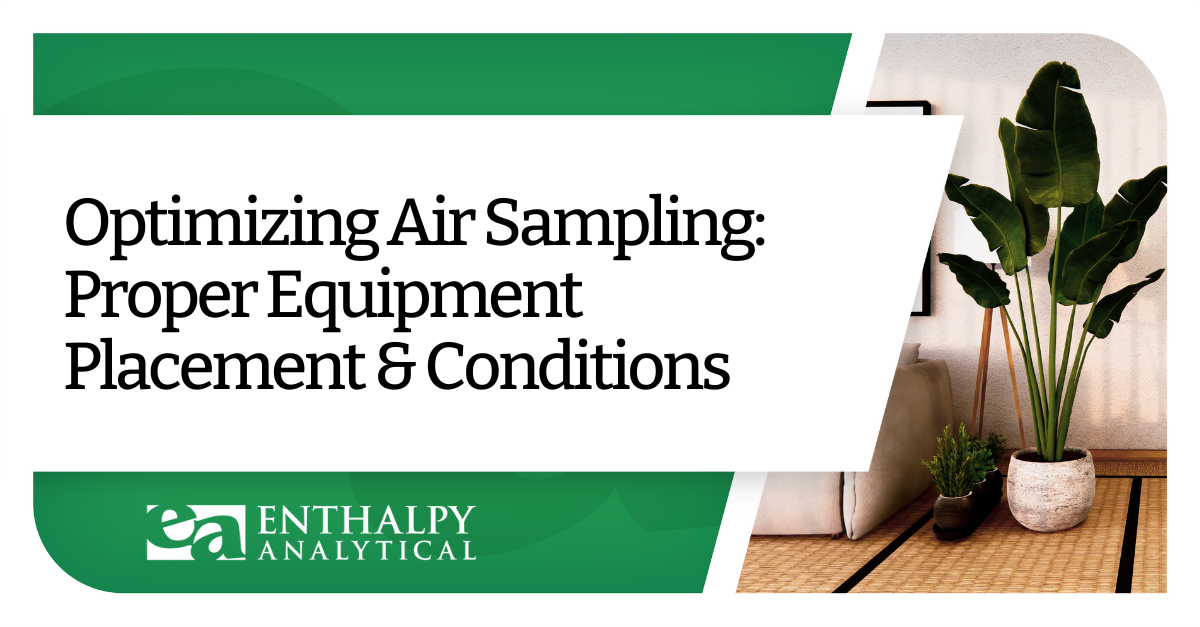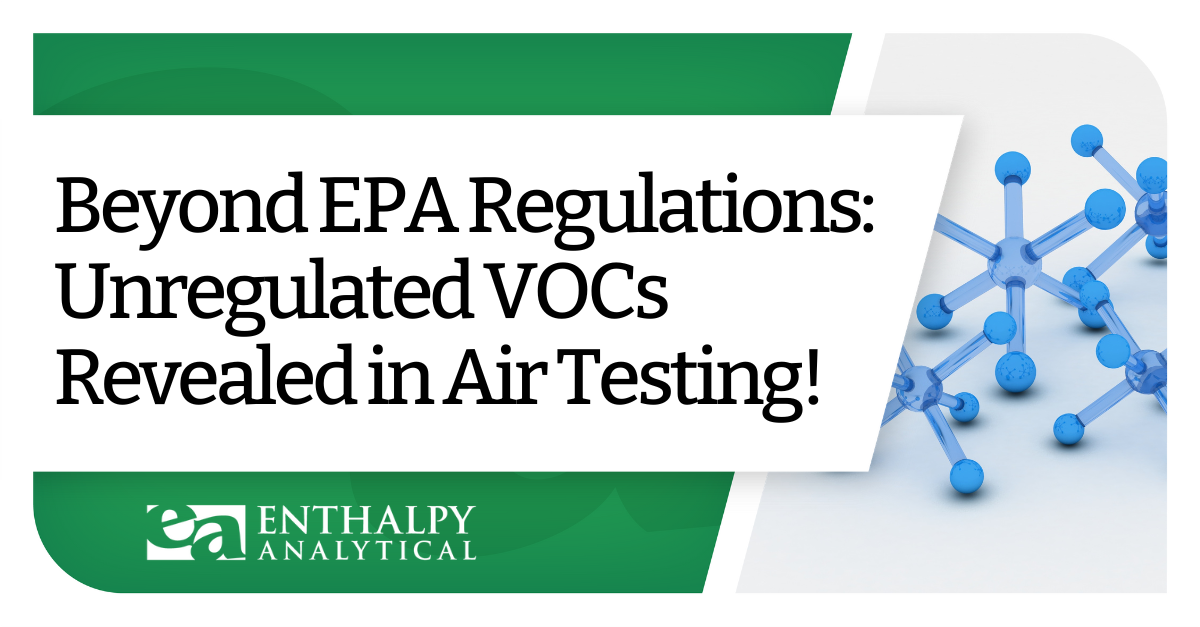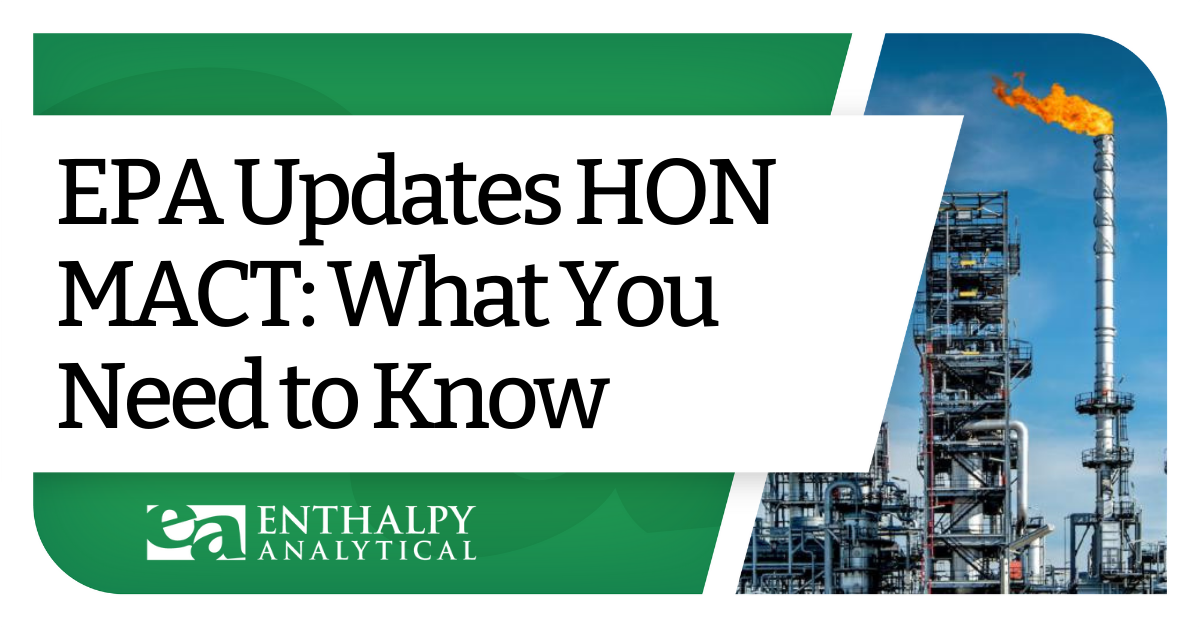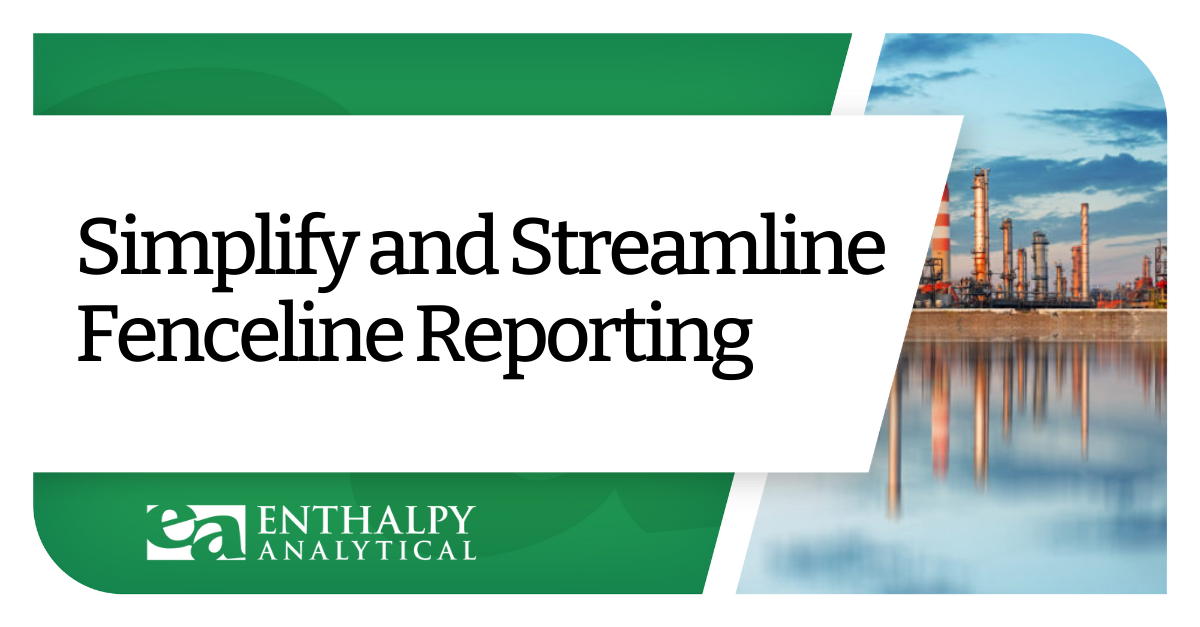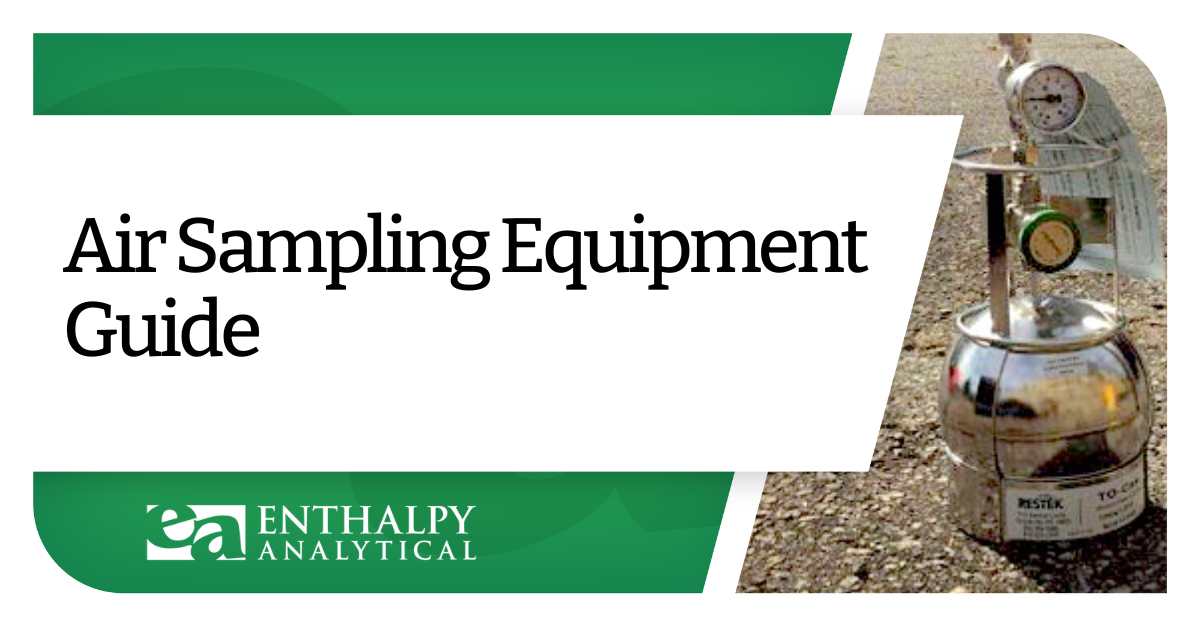Optimizing Air Sampling: Proper Equipment Placement & Conditions
💡 Curious about Air Quality Testing? Learn how our compact air pump and tube system collects vital data from your space. Discover the best placement for optimal airflow and how HVAC systems impact VOC levels.

